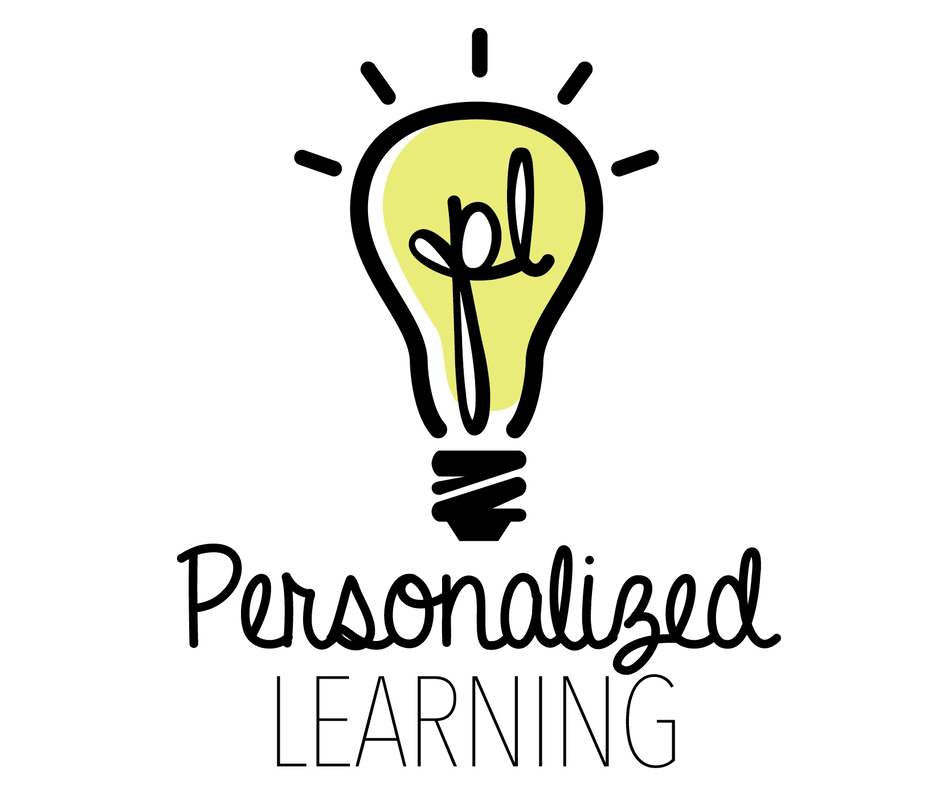Assessment and Data
Phase 4
"Look-Fors" During Observation
Remember: The most helpful part of the observation is not checking off items, but the conversations and reflections that happen after the visit.
Remember: The most helpful part of the observation is not checking off items, but the conversations and reflections that happen after the visit.
|
Beginning/ Practicing
|
Developing/ Achieving
|
Questions to Guide Observation
- How are students assessed in the classroom?
- Is one assessment administered to a whole class?
- Does everyone receive the same type of assessment or are choices offered to students?
- Is there evidence of students having some choice in when they demonstrate mastery of standards/objectives?
- Is there evidence of actionable feedback with each demonstration of mastery?
- Do you see students taking ownership of deciding when and how to demonstrate mastery?
- Do you see evidence of how demonstration of mastery is monitored in the classroom, charts, learner profiles, or portfolios for example?
Resources
- The Case for Authentic Assessment: The Case for Authentic Assessment provides an excellent explanation of the What and Why of authentic assessment.
- How Do You Create Authentic Assessments?: This website takes readers through the steps of creating an authentic assessment. At the bottom of the page, there are links that further unpack each step.
- Unpacking Formative Assessment: Dylan Wiliam unpacks formative assessment, discussing the five strategies that make up a smart formative assessment strategy: setting learning intentions, questioning, feedback, activating self, and activating peers.
- Assessment for Learning Defined: This brief (2-page) article provides a quick definition of Assessment for Learning.
- Five Keys to Comprehensive Assessment: Stanford professor Linda Darling-Hammond shares how using well-crafted formative and performance assessments, setting meaningful goals, and giving students ownership over the process can powerfully affect teaching and learning.
- Assessment Through the Student's Eyes: This article provides an explanation for why traditional assessment systems, those that essentially separate students into “winners” and “losers”, hinder student learning. It also describes an assessment system that enhances learning and sets up all students for success.
- Embedding the Assessment throughout the Project: Assessment can be integrated seamlessly into project-based learning. This video shares different strategies and explains how they support deeper learning.
- Strategies for Monitoring Progress: Vanessa Cramer, ninth-grade science teacher at the Springfield Renaissance School in Springfield, MA employs a variety of techniques to help students monitor their own progress—with support from the teacher—toward specific learning targets.
- Introduction to Leaders of Their Own Learning: Why Student Engaged Assessment Matters: The most important assessments that take place in any school building are seen by no one. They take place inside the heads of students, all day long. Students assess what they do, say, and produce, and decide what is good enough. These internal assessments govern how much they care, how hard they work, and how much they learn. They govern how kind and polite they are and how respectful and responsible. They set the standard for what is “good enough” in class. In the end, these are the assessments that really matter. All other assessments are in service of this goal—to get inside students’ heads and raise the bar for effort and quality.
- Designing & Assessing Educational Objectives: Applying the New Taxonomy (Marzano): This 4 page document provides examples of language and examples for designing rubrics based on Marzano’s Taxonomy.
- Developing Rubrics: This Powerpoint Presentation takes you through how to decide what type of rubric to use, how to break down standards or competencies into performance criteria as well as how to determine performance levels.
- Teacher Learning Through Assessment How Student-Performance Assessments Can Support Teacher Learning: This paper describes how teacher learning through involvement with student-performance assessments has been accomplished in the United States and around the world, particularly in countries that have been recognized for their high-performing educational systems. They discuss how teachers’ engagement with performance assessments influences their understanding of the standards and their students’ abilities.
| Choice in Assessment, Coaching Tool | |
| File Size: | 733 kb |
| File Type: | docx |
| Choice in Assessment, Coaching Tool | |
| File Size: | 218 kb |
| File Type: | |


